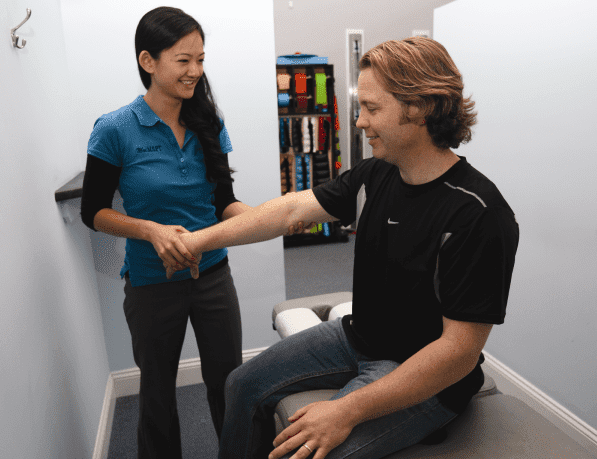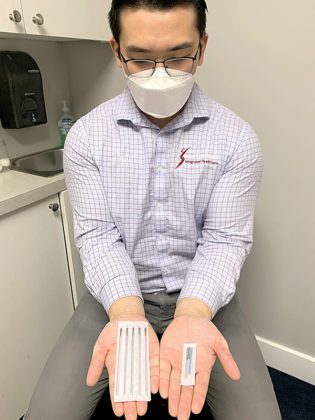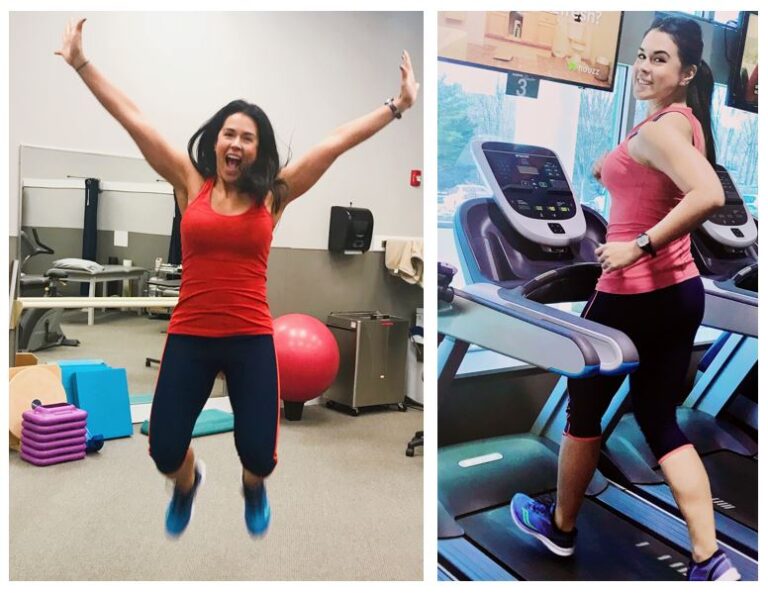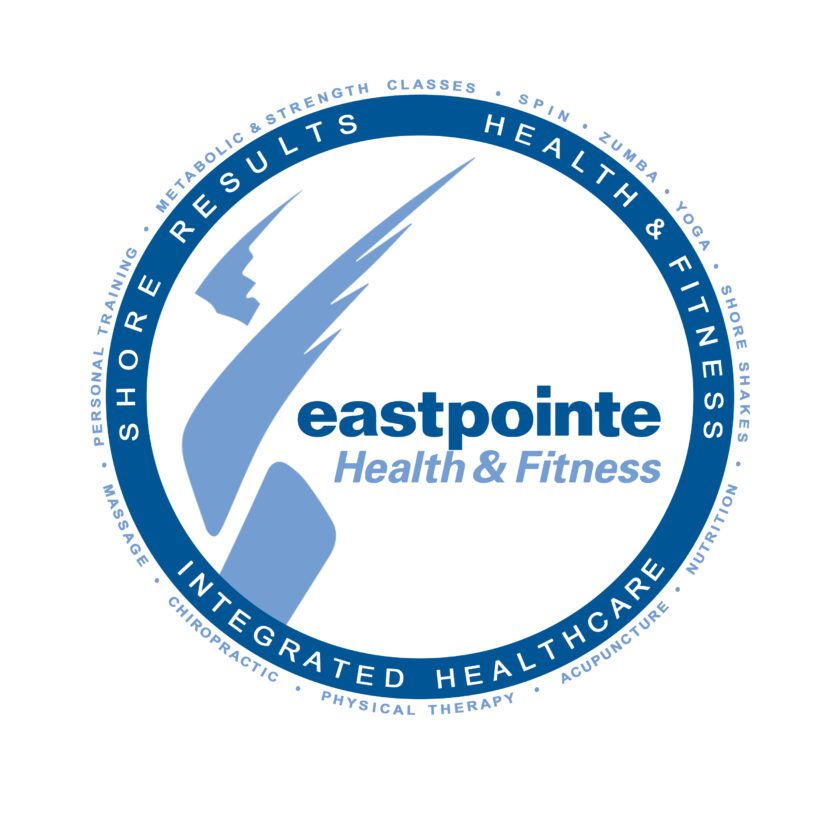By Beth Goodwin, Physical Therapist
What is the connection between stress and low back pain? It is more common that you may think. Traditionally back pain can occur up to 8 times in a lifetime, once there is an initial injury. It is, therefore, important to continually work towards protecting your body against re-injury. Stress is something that negatively affecting the nervous system, which then influences the musculoskeletal system. These stresses can be dietary, physical emotional, and occupational.
Let’s examine what happens to the human body during stress. The hypothalamus, an area in your brain, triggers a combination of nerves and hormones to prompt your adrenal gland to release a hormone called cortisol. Cortisol is often referred to as the primary stress hormone because it controls the “flight or fight” reaction. For example: quickly pulling your hand away from a hot stove, as your heart races and adrenaline kicks in. In the body cortisol is responsible for many functions including: enhancing the brain’s use of glucose (sugar) in the bloodstream, increasing availability of substances that repair tissues, altering the immune system responses, and aiding in the anti-inflammatory response. Cortisol suppresses the reproductive system and growth process, as well as the digestive system aiding in carbohydrate and protein metabolism, and binds with calcium, which is necessary for healthy bones and muscles.
The body’s stress-response system is usually self-regulating. It decreases hormone levels and enables your body to return to normal baseline levels, and other systems resume their regular activities. The problem is, without changing the stressors in your life, it can become a physiological problem. This can leave you constantly feeling stressed, tense, and nervous or on edge, that fight-or-flight reaction stays turned on. The less control you have over potentially stress-inducing events and the more uncertainty they create, the more likely you are to feel stressed. Even the typical day-to-day demands of living can contribute to your body’s stress response.
These days in most daily routines Americans work longer hours and take fewer vacations, and even getting ready for a vacation can be stressful. It is important to learn how to take the time to “de-stress” the mind as well as the body. This can be achieved with physical therapy, chiropractic, acupuncture, massage as well as with good nutrition. Most people coming for physical therapy are dealing with long commutes to and from work, and once at work physical and emotional stressors occur. It is important to learn how to take the time to “de-stress” the mind as well as the body.
How does this “stress” apply to your back? When “stressed” your adrenal glands respond and if constantly “on” they can become fatigued. The nerves that supply these glands are affected. One of the common areas affected is the third lumbar vertebra commonly known as “L3”. This can cause difficulty in the peripheral nerves or at the spinal level. You can expect any or all muscles innervated by this nerve to contract, leading to muscle imbalance and trigger points. Depending on which muscles are affected, you can have limitations in range of motion, pain, or radiating symptoms. Physical therapy can help reduce pain by increasing the mobility of the lumbar spine to regain the normal joint mobility and protect the back by strengthening the surrounding muscles.
The Sacroiliac joint can also be affected by weak ligaments, or tight muscles, causing pain. Physical therapy can help with this by learning how to properly perform stability exercises, retraining you to control these symptoms, as well as specific manual techniques to aid in normal mobility of the joint.
What can one expect from physical therapy? Treatment includes flexibility exercises, strengthening, modalities, manual techniques to promote normal range of motion in joints, ligament and muscles, and of course, home exercises. These exercises focus on posture, mobility and stability to enhance your daily activities and work towards less pain. To enhance your rehabilitation and protect the body from future injury, home exercises are the key, not just for the aforementioned activities but also for relieving stress.





